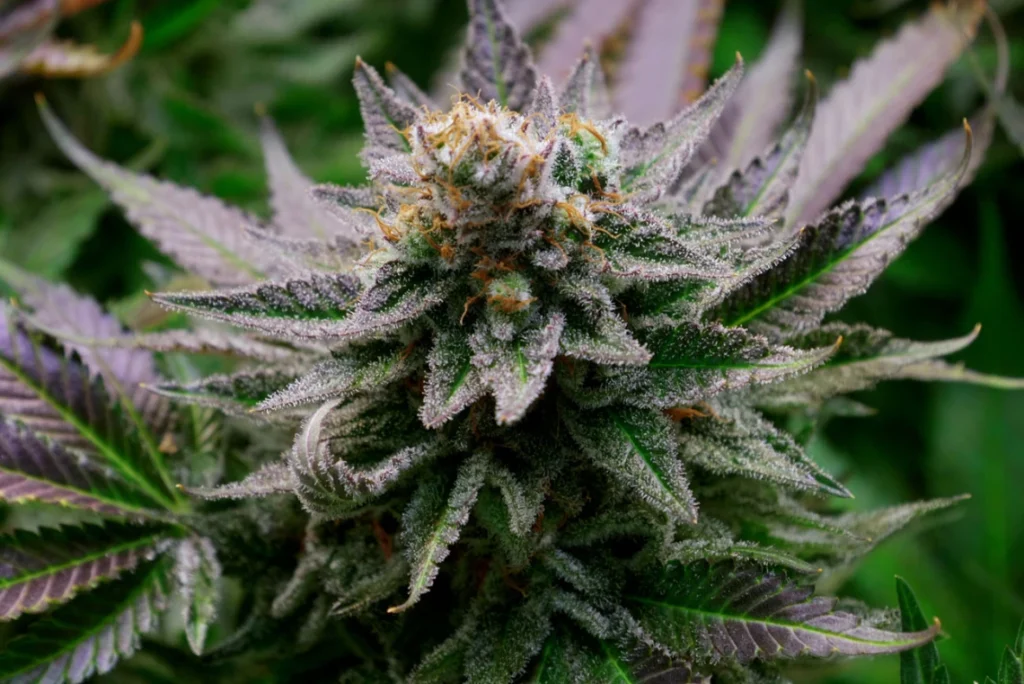If you’ve ever walked into a dispensary and felt overwhelmed by words like “sativa,” “indica,” and “hybrid,” you’re not alone. It’s kind of like walking into a wine store for the first time and realizing there are a lot of options—and you forgot what “dry” even means.
So let’s break it down.
The cannabis world often splits strains into two categories: Sativa and Indica. But what do those actually mean? Is it just about how “high” you’ll feel—or is there more to it?
Let’s dive into the key differences between these two types of cannabis, how they affect your mind and body, and which one might be right for you.
The Difference
Sativa
Sativa strains are typically known for their uplifting, energizing, and cerebral effects. Think of them as your “let’s go do stuff” kind of weed. These strains are great for daytime use, creative projects, social activities, or when you just want to feel more mentally alert.
Common effects:
Euphoria
Creativity boost
Increased focus
Energy
Common uses:
Depression
Fatigue
Mood disorders
What it looks like:
Sativa plants are usually tall and thin with narrow leaves. They can grow over 12 feet in ideal conditions, and they take longer to flower compared to indicas.
Want more in-depth information on Sativa strains? Click here for our recommended guide!
Indica
Indica strains, on the other hand, are famous for their relaxing, calming, and body-heavy effects. If you’re looking to unwind after a long day, reduce anxiety, or get some quality sleep, indica is your go-to.
Common effects:
Full-body relaxation
Sedation
Stress and pain relief
Couch-lock (you know the feeling)
Common uses:
Insomnia
Chronic pain
Muscle spasms
Anxiety
What it looks like:
Indica plants are shorter and bushier with wide, dark green leaves. They tend to have a faster flowering cycle, making them a favorite among growers.
Want more in-depth information on Indica Cannabis strains? Click here for our recommended guide!
The Truth: It’s Not Just Sativa vs. Indica
Here’s where it gets interesting: the sativa vs. indica classification isn’t always a reliable guide to how a strain will affect you.
Wait, what?
Yep. While these categories describe the plant’s physical traits, the effects you feel are more about the strain’s chemical profile—specifically cannabinoids (like THC and CBD) and terpenes (the aromatic compounds that give weed its smell and flavor).
So even though sativas are usually more energizing and indicas are typically more relaxing, it’s totally possible to have:
A “sativa” that knocks you out, or
An “indica” that makes you feel focused and alert
That’s why many cannabis experts (and budtenders) now recommend looking at the terpene and cannabinoid profile of a strain rather than relying solely on the sativa/indica label.
Enter: Hybrids
Because growers love experimenting, most cannabis strains today are hybrids—crossbreeds of sativa and indica plants. Hybrids can lean one way or the other (called “sativa-dominant” or “indica-dominant”), or they can be pretty balanced.
Hybrid strains offer the best of both worlds, and they allow users to tailor their experience a bit more. Want to feel mellow but still functional? There’s a hybrid for that. Need something to help you relax without putting you straight to bed? Yep, hybrid.




Beyond the Basics: Cannabinoids & Terpenes Matter
If you really want to dial in your cannabis experience, it helps to understand two major players: cannabinoids and terpenes.
Cannabinoids: The Active Compounds
The two most well-known cannabinoids are THC and CBD.
THC (Tetrahydrocannabinol) is the compound that gets you high. It binds to receptors in your brain and produces euphoria, relaxation, and altered sensory perception. Most recreational strains are bred for high THC levels.
CBD (Cannabidiol) is non-intoxicating and often used for its calming, anti-inflammatory, and pain-relieving properties. It’s a popular option for people who want the benefits of cannabis without the “stoned” feeling.
But THC and CBD aren’t the only cannabinoids out there. Others like CBG, CBN, and THCV are gaining attention for their unique effects, like appetite control, sleep support, or neuroprotection.
Terpenes: The Aromatic Effect Enhancers
Terpenes are aromatic oils found in many plants (including cannabis) that not only influence the smell and taste of a strain—but also impact how it makes you feel.
Here are a few popular ones:
Limonene – Citrus scent, may boost mood and energy
Myrcene – Earthy, musky, promotes relaxation and sleep
Pinene – Piney aroma, could improve focus and memory
Linalool – Floral (like lavender), helps with stress and anxiety
Think of terpenes as the supporting cast to cannabinoids—they don’t steal the show, but they totally change how it plays out.
How to Choose the Right One for You
Here’s a quick cheat sheet to help you find your ideal strain vibe:
| Need help with… | Try this type… |
|---|---|
| Boosting energy or focus | Sativa or Sativa-dominant hybrid |
| Unwinding after work | Indica or Indica-dominant hybrid |
| Pain relief | Indica or high-CBD strain |
| Getting creative | Sativa with limonene terpene |
| Fighting anxiety | Indica with myrcene terpene |
| Socializing at a party | Balanced hybrid with low THC |
The whole “sativa vs. indica” thing is a solid starting point, especially if you’re new to cannabis. But don’t stop there. The real magic lies in discovering how different strains, terpenes, and THC/CBD levels interact with your unique body and brain.
Cannabis is personal. Your perfect strain might be someone else’s panic attack in a jar—and that’s okay. Experiment (safely), keep notes on what you try, and enjoy the journey.
Whether you’re reaching for a peppy sativa to clean the house (with dance breaks, obviously) or a heavy-hitting indica to melt into the couch with a bag of snacks and Netflix, you’re doing it right.
